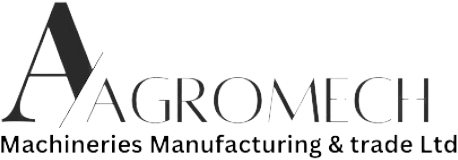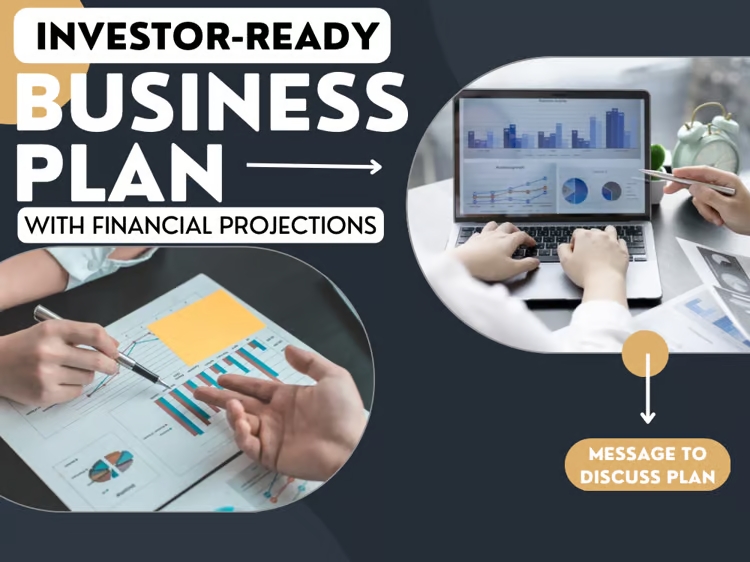Description
A comprehensive business development plan for sustainable products and services is an all-encompassing strategic document that outlines the vision, operational blueprint, market analysis, and financial projections necessary to guide the growth of a business committed to environmental sustainability. This plan is meticulously crafted to ensure that every aspect of the business aligns with sustainable practices while achieving profitability and market leadership. Below is a detailed description of what such a plan includes:
Executive Summary
The executive summary is a concise overview of the entire business plan, providing a snapshot of the company, its objectives, and its strategic direction. It includes:
- Company Overview: A brief introduction to the business, highlighting its name, location, and the industry it operates within. This section succinctly describes the company’s core business idea and unique value proposition.
- Mission Statement: A clear and compelling statement of the company’s mission, emphasizing its commitment to sustainability and environmental responsibility.
- Objectives: Well-defined short-term and long-term goals, such as sales targets, market share ambitions, product line expansions, and specific sustainability milestones.
- Products/Services: A brief description of the sustainable products and services offered by the company, highlighting their eco-friendly attributes and benefits.
- Market Opportunity: An overview of the market need for sustainable products, target market segments, and growth potential.
- Financial Highlights: Key financial metrics, including projected revenues, profits, and funding requirements, providing a snapshot of the company’s financial outlook.
- Funding Request: The amount of funding sought, its intended use, and the expected return on investment for investors or lenders.
Company Description
This section provides a detailed background of the business, covering:
- History: The founding story of the company, key milestones, and significant achievements to date. It explains how the company has evolved and its journey toward sustainability.
- Business Structure: The legal structure of the business (e.g., LLC, Corporation) and the rationale behind this choice.
- Ownership: Information about the owners and their respective shares in the business.
- Location: The physical location of the business, including the reasons for choosing this location and how it supports sustainable practices.
Market Analysis
A thorough market analysis provides insights into the industry landscape and identifies opportunities. This section includes:
- Industry Overview: An analysis of the sustainable products industry, including its size, growth rate, and key trends such as increasing consumer awareness of environmental issues and regulatory support for green products.
- Target Market: A detailed description of the ideal customers, including demographic and psychographic profiles, as well as their specific needs and preferences related to sustainability.
- Market Needs: An explanation of the environmental challenges the business addresses and how its products and services fulfill these market needs.
- Competitive Analysis: An evaluation of key competitors, their strengths and weaknesses, and the company’s competitive advantage in offering sustainable solutions.
- Market Size and Growth: Data and projections on market size and expected growth, providing evidence of the business’s potential for success.
Organization and Management
This section outlines the company’s organizational structure and introduces the management team:
- Organizational Structure: An organizational chart that details the internal structure of the company, showing key roles and responsibilities.
- Management Team: Bios of key management team members, highlighting their experience, expertise, and contributions to the company’s sustainability goals.
- Advisors: Information on any external advisors or board members who provide strategic guidance.
Products and Services
A comprehensive description of the business’s offerings, focusing on sustainability, includes:
- Product/Service Description: Detailed information about the sustainable products and services, their features, and environmental benefits.
- Unique Selling Proposition: The unique attributes that differentiate the company’s products from those of competitors, emphasizing their sustainability.
- Research and Development: Ongoing and future R&D efforts to innovate and improve sustainable products and services.
- Intellectual Property: Details of any patents, trademarks, or proprietary technologies that protect the company’s innovations.
Marketing and Sales Strategy
A strategic plan for marketing and sales is essential for growth. This section covers:
- Marketing Strategy: A comprehensive plan that includes market positioning, pricing strategy, promotional activities, and distribution channels, all designed to promote sustainability.
- Sales Strategy: The sales processes, team structure, and sales goals, detailing how the company will reach and convert eco-conscious customers.
- Customer Acquisition and Retention: Strategies for attracting new customers and retaining existing ones, such as exceptional customer service, educational content about sustainability, and loyalty programs.
- Marketing Budget: A detailed budget for marketing activities, broken down by specific campaigns and initiatives.
Operations Plan
An operational blueprint that ensures sustainable practices throughout the business operations, including:
- Operational Process: A detailed description of the company’s day-to-day operations and workflows, emphasizing sustainability.
- Location and Facilities: Information about the company’s facilities, designed with eco-friendly architecture and equipped with energy-efficient technology.
- Technology and Equipment: An overview of the technology and equipment used to ensure that production processes are efficient and environmentally friendly.
- Supply Chain Management: The supply chain strategy, including partnerships with suppliers who share the company’s commitment to sustainability and regular audits to ensure compliance.
- Quality Control: Measures and standards in place to maintain high quality while minimizing environmental impact.
Financial Plan
A robust financial plan is critical for securing funding and ensuring business viability. This section includes:
- Key Assumptions: The underlying assumptions for financial projections, such as market conditions and growth rates.
- Income Statements: Projected income statements for the next three to five years, detailing expected revenues, expenses, and net profit.
- Cash Flow Statements: Projected cash flow statements, showing cash inflows and outflows.
- Balance Sheets: Projected balance sheets, detailing assets, liabilities, and equity.
- Break-even Analysis: Calculation of the break-even point, indicating the sales volume needed to cover costs.
- Funding Requirements: A detailed explanation of the amount of funding required, its purpose, and the timing.
- Use of Funds: A breakdown of how the funds will be allocated, such as marketing, product development, and operations.
- Financial Ratios: Key financial ratios and metrics, such as profit margins, ROI, and debt-to-equity ratio.
Appendix
Supporting documents that provide additional context and validation for the business plan, including:
- Resumes of key personnel.
- Detailed market research data.
- Product/service images.
- Copies of patents and trademarks.
- Legal agreements.
- Detailed financial assumptions and calculations.





Salisu –
Choosing him to develop our business development plan for sustainable products and services was one of the best decisions we made. His expertise in sustainability and business strategy is unmatched. He took the time to understand our goals and challenges, and then delivered a comprehensive plan that exceeded our expectations.
Haruna –
Working with him was a game-changer for our company. His expertise in developing business plans for sustainable products and services is unparalleled. He conducted thorough research and analysis, resulting in a plan that is not only innovative but also financially viable.
Amina –
I am beyond impressed with the comprehensive business development plan provided by him for our sustainable products and services. His understanding of sustainability and market dynamics is exceptional. He created a roadmap that not only aligns with our mission but also identifies opportunities for growth.